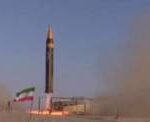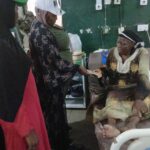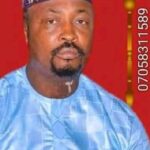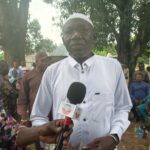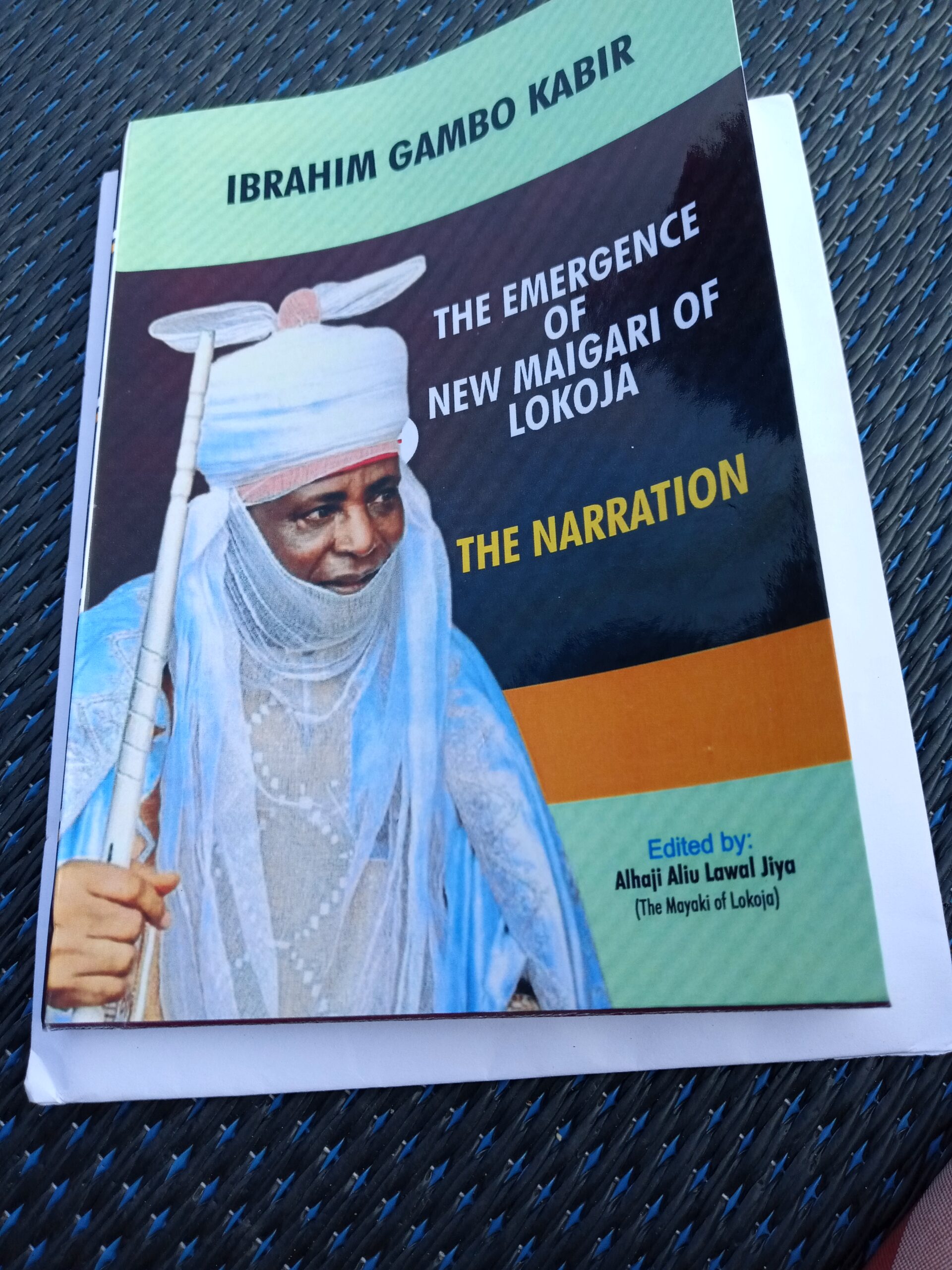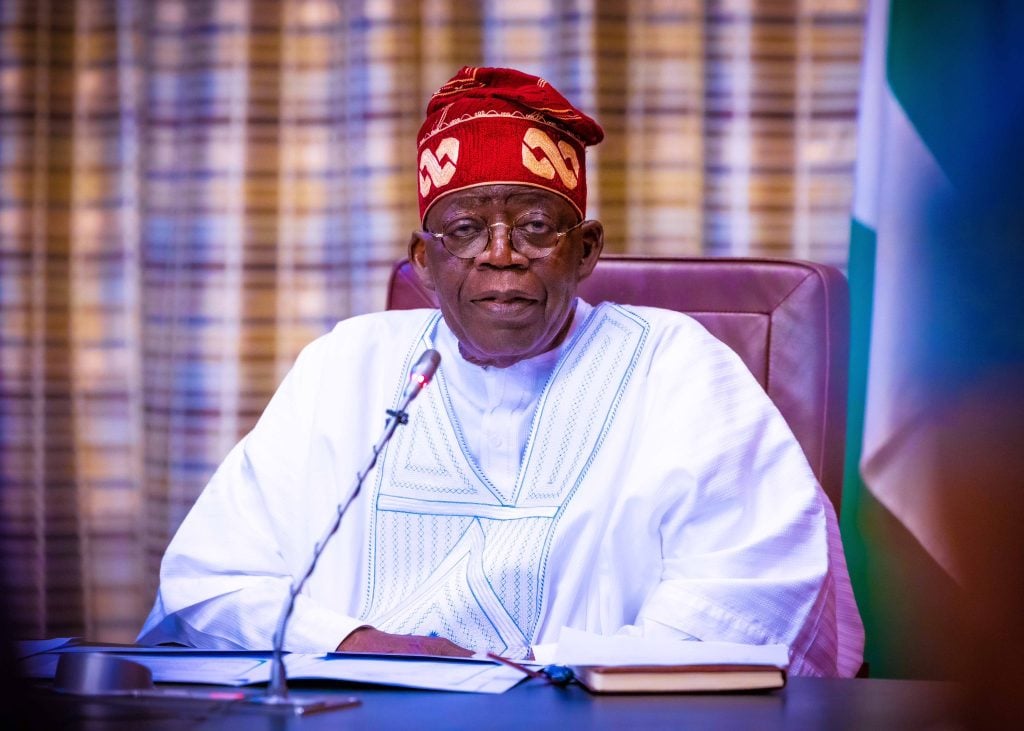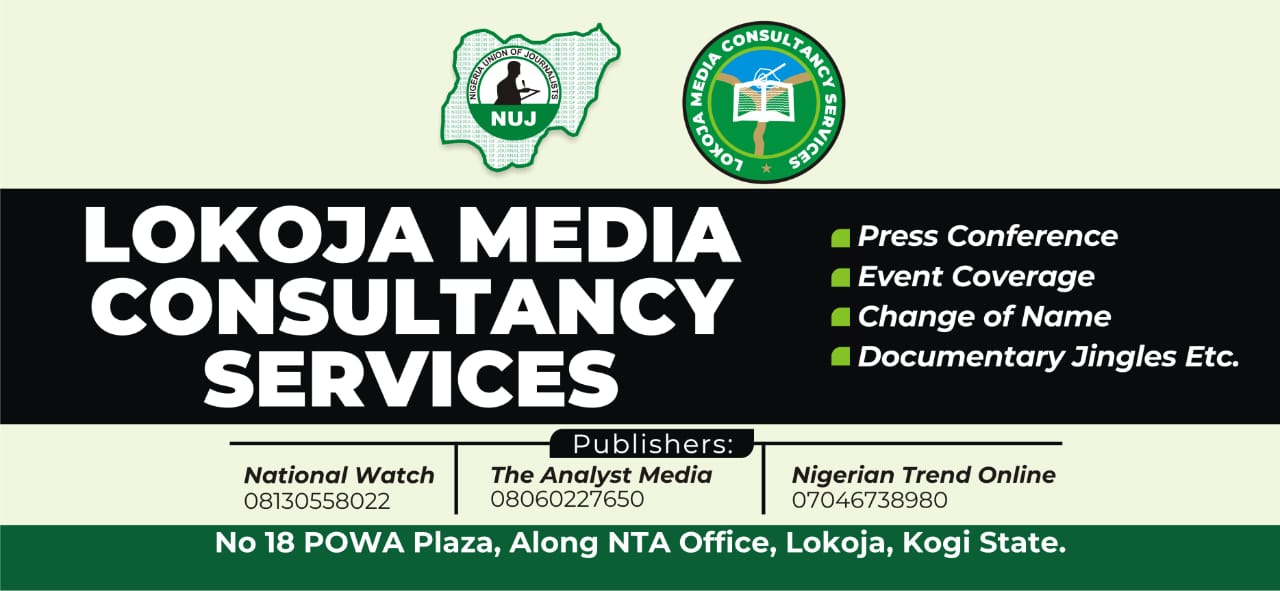
By Wale Bolorunduro
IT was not long into the administration of Ogbeni Rauf Aregbesola, when it became obvious that the model that was used between 1999 and 2007 in Lagos State was going to be used for the renaissance of Osun, the cradle state of the Yorubas, which unfortunately had the rustiest capital in Nigeria as at 2010. Aregbesola had been a Commissioner for Works and Infrastructures in Lagos for eight (8) years and highly ideological on governance issues, before winning governorship election in Osun in 2007 but became governor of the state on November 27, 2010 after three and half years of legal battle to reclaim his stolen mandate. Having to wait for three (3) years before reclaiming his mandate to become a Governor, he was clear-headed on what to do and the speed of implementation.
THE FEATURES
The governance model has five (5) main features:
It must torch all the social spheres of life of the people. It must be highly engaging, with people as the focus of the development at the beginning, middle and at the terminal stage of governance processes and goals. This led to some plans and programs of government, which were adopted as Seven Points Integral Action Plan to suit Osun socio-cultural context. It is to domesticate the welfarism idea of late Chief Obafemi Awolowo and to ensure the security of the people
Infrastructural developments to cater for the immediate and future needs of the people in a modern way and to generate maximum economic activities for the people and to some extent, for ring-fencing into the treasury of government. The infrastructural developments are to be intertwined with urban development of commercial towns (one after the other). Osun is highly urbanized with some towns like Osogbo, Ile-Ife, Ilesa, Iwo having potentials to be developed into business districts. The urban and roads development are not only to open commercial corridors like we have on Iwo road, Gbongan and Ikirun roads in Osogbo but to also provide key essential infrastructures like the new Ataoja High School, Fakunle High school and Osogbo High School and Asubiaro General Hospital along these modern roads. Two of these schools have come into national recognitions by winning national awards because of the conducive learning and teaching conditions present there. Osogbo has capacity for the five (5) High schools, two (2) were remaining to be built at the end of Aregbesola’s tenure and opportunities for continuous developments. Ilesa township roads were included and in a systematic approach to decongest the city center traffic first and to take advantage of the outer rings of roads with over N7billion spent on the State and Local Governments roads in Ilesa in his first term. Opportunities exist to continue the roads in Ilesa and to pave way for the dualisation of the Ilesa-Ereja Square to Ilesa brewery road. Similar plans were put in place for Ife, Ede, Iwo and other township roads.
Leveraging of the financial positions to finance the development of the infrastructures and the programs, which include economic sectors of the state (Agriculture, Commerce and Tourism). This also includes investments on assets and income generating ventures that are capable of appreciating the equities of the government over time. Like Lagos state, an investment special purpose vehicle like OSICOL was used like Ibile Holding of Lagos, etc. Aregbesola pushed the limit of the envelope by creating Omoluabi Conservation Funds for the investments of savings, coming from miscellaneous revenues (excess crude oil), etc
Although the revenues (internally generated revenues) would lag behind funding requirements of 1 and 2 above, it would gradually increase. Lagos IGR increased from N600million monthly to N7billion in 2007. Similarly, the IGR of Osun increased from annual figure of N4billion in 2010 to N12billion in 2018. In the published public account of Osun, a figure of N19billion was reported as the annual IGR of the state, a confirmation of the workings of the model, which had automated the collection and processing of taxes since 2011.
At the heart of the model is the reform of policies, job functions, structures and laws of the state to provide legal frameworks and the structural strength required for ease of governance. Many job functions were reclassified into the office of Chief of Staff (COS) to give the COS, the visibility, contributions, control and responsibilities as the effective gatepost of governance. Many traditional functions of the offices of the Secretary to the State Government, Commissioner of Finance (investment and some other functions), Special Duties were transferred to the Chief of Staff. This was similar to Lagos model and the Chief of Staff of Osun was allowed to attend the Joint Accounts and Allocation Committee (JAAC) meetings. These roles were supposed to prepare the incumbent Governor of Osun, Adegboyega Oyetola, for the current jobs, under the continuity strategy required to land the model safely and to feed into the model iteratively, the lessons learned, pitfalls and the outcomes of the model.
Therefore, whatever the current governor is doing right is the deliberate outcome of the model and what he has been taught to do by his predecessor, Aregbesola. That is why one is at a loss for words, when we hear from Oyetola’s disciples that the current governor grudgingly accepted his appointment as Chief of Staff because Asiwaju Bola Tinubu compelled him to do so, or when his disciples try unsuccessfully, to abdicate him from the joint responsibilities taken during Aregbesola’s tenure, or when he distances himself from the model, which has helped him to increase the IGR of the state and as his administration profits from federal refunds, sales of assets and investments made during Aregbesola’s administration. Meanwhile, it is counterintuitive and it turns logic on its head, for a man, who reluctantly accepted an appointment to stay on that same COS job for eight (8) years and finally reaping the benefits of the plum position of a Governor, subsequently. What an alluring reluctance?
THE CULTURE
The model has a governance culture that replaces a culture of “do little” in the governance of Osun. The government must demonstrate the seriousness and mental capacity required to evoke hope and to sustain the continuous development of Osun space. The handlers of key economic agencies must demonstrate the drive and impetus required to torch all the spheres of needs of the people and the determination to organize, to support and to focus the resources (including the people) to generate economic activities required for the sustainable development of the state and the standard of living of the people. Obviously, you will know if governance is a tea party, when this model is used to assess any government because it generates needs, unlike the pedestrian approach which thinks about what to use money for.
THE STAKEHOLDERS
Three major stakeholders were identified and they became the integrated parts of the model. They are: (1) the masses, the majority people of the state, who are the beneficiaries of the infrastructural development and the economic activities as well as the movement of goods and humans, which become easy. The masses also benefit from the empowerment programs as well as improvements in the conditions of living. (2) The civil servants and retirees who have to be paid for their services and retirements. Their patronage includes recruitments into service to fulfill the establishment rules, release of funding for trainings, especially the mandatory training for promotions, the life insurance scheme for workers, which started during Aregbesola’s first term, payments of pensions and backlog of pension (there have always been backlogs since creation of the state). The patronage of this class of people goes beyond monthly salaries to allay their fears. (3) The socio-political stakeholders, who have to be included based on their abilities to support the government. These classes of participants include Community Development Associations and their councils.
The basis of inclusiveness and involvement was well established during the first term of Aregbesola and the social registry of vulnerable people was created. Many of these stakeholders worked their “tails up” to elect the current governor, unlike some of us, who, didn’t work for him. The group includes the carriers of sacrifices to the heavenlies (“awon agbebo orun”) and the party faithful. Unfortunately, these people who worked for the incumbent governor in 2018 are being dubbed “Attention and Appointment seekers or noise makers”. Noise makers in politics? As if the name calling reductionists, don’t know that there is no “bara re da sohun” in politics, but only, “bara re da sibi” and there are many ways to do the latter, other than appointments, in politics: a missing opportunity for party cohesion and inclusiveness that can deliver continuity for the ruling party in Osun, not this “abuse or abandon Aregbesola to get patronage or stick with Aregbesola and get defamed and damned” paranoid syndrome. This approach was different from what the party used in 2014 to secure the second term of Aregbesola, when all the past leaders across the line of divides were brought together, in conviviality to diffuse the tension, to confront and to trounce heavily (like an escaping slave), the federal might of PDP and its candidate then, Senator Iyiola Omisore.
The features, the cultures, the stakeholders’ management presented above have become the political philosophy and economic model; an integrated prism through which any government in Osun would be assessed for many years to come, especially the government that came in on the mantra of continuity.
To be continued…..
In the Part II of the article, opportunities in jeopardy will be examined and an expository analysis of programs, which have been rebranded, just because of exclusion tendency.
Wale Bolorunduro, PhD, former Commissioner for Finance, Budget and Economic Planning (2011-2014), State of Osun, writes from 6B Lase Ogunleye Street, off Fadahunsi Avenue, Ilesa, State of Osun

